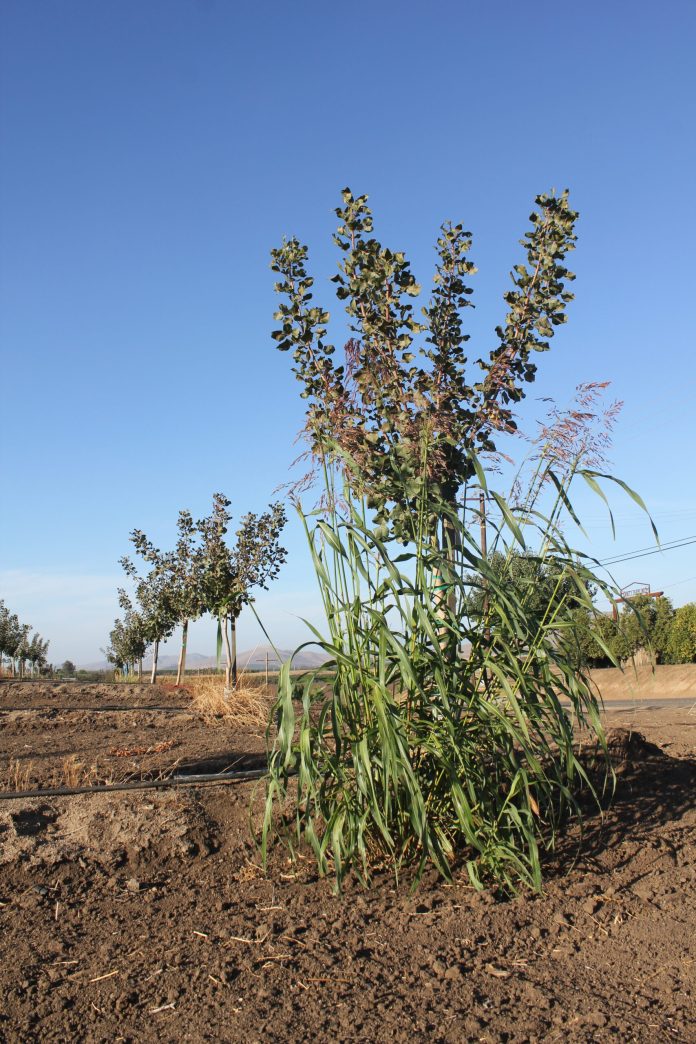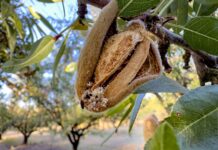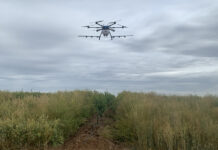
Postharvest scouting for weeds in tree nut orchards presents an opportunity to evaluate this year’s orchard floor management program and see which weed species have invaded or spread, where weed populations are highest and severity of infestation. Field margins, ditch banks and irrigation canals should be included in the scouting.
Scouting allows you to adjust control practices for the following year and select the best options for the weed species of concern. It can also help with selection of the best cultivation method for the weed stage.
Correct identification of weeds at all stages of growth is especially valuable, said John Roncaroni, UCCE weed specialist emeritus. Grass species identification can be difficult, he said, but it is important to determine because some species like ryegrasses are more resistant to glyphosate while summer grasses are not. Knowing the weed can also help determine if mechanical or cultural control methods would be useful. Weeds can look similar but have very different management requirements.
The UCCE publication Sacramento Valley Orchard Source recommends scouting a couple of times during the winter to catch weeds when they are young and more easily controlled. Records of weed infestations should be kept and mapped to show where weeds are a persistent problem.
Keeping records of weed infestations from year to year can help show trends and which management tactics are working.
Another recommendation is to look for different weeds in different management zones. Tree row checking may show effectiveness of previous herbicide applications. The ground cover in row middles can show if perennial seedlings are increasing. Orchard borders and row ends are places to look for new weeds.
Almond Board of California reports that as of as of 2021, there were 13 weed species commonly found in almond orchards with confirmed cases of herbicide resistance biotypes in California. Due to the increasing numbers of herbicide resistant weed species, early control of escaped weeds can reduce cost of an annual orchard floor management program. An example in Sacramento Valley Orchard Source notes that spot treating two acres of glyphosate resistant palmer amaranth with a tank mix of Glufosinate and Gramoxone is more affordable than trying to control this weed in an entire 50-acre block.





















